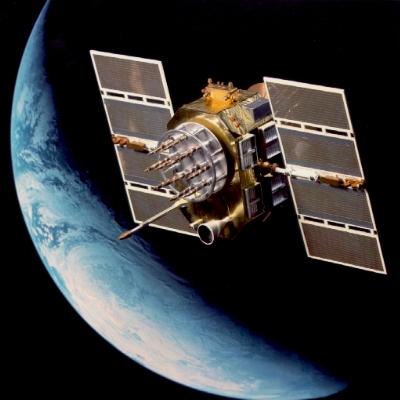
GPS receivers generally fall into five categories.
Consumer models
Consumers can buy practical GPS receivers in sporting goods stores. They’re easy to use and are mostly targeted for recreational and other uses that don’t require a high level of location precision. The Big Three manufacturers in the consumer GPS market are Garmin (www.garmin.com), Magellan (www. magellangps.com), and Lowrance (www.lowrance.com). Consumer GPS receivers are reasonably priced, from less than $100 to $400 in the U.S. This book emphasizes the features of and how to use the consumer-oriented, handheld types.
When you buy a consumer receiver, opt for a 12-channel GPS model over an older 8-channel model:
- 12-channel parallel receivers: These acquire satellites faster and operate better under foliage and tree-canopy cover.
- 8-channel receivers: These are slow when acquiring satellite signals and have difficulty operating even under light tree cover. Don’t consider purchasing an 8-channel receiver. Even if you were given one for free, it’s like running the latest version of Windows on a 386 computer.
U.S. military/government models
GPS units that receive P-code and Y-code are available only to the government. These portable units are Precision Lightweight GPS Receivers (PLGRs — or, more fondly, pluggers). First-generation PLGRs were big and boxy and provided accuracy within four meters. The newest precise GPS receivers are DAGRs (Defense Advanced Global Positioning System Receivers) and are smaller, more accurate, and have mapping features like consumer GPS units. For the specifications of U.S. military GPS receivers, including pictures of different units, visit http://army-gps.robins.af.mil.
Mapping/resource models
These portable receivers collect location points and line and area data that can be input into a Geographic Information System (GIS). They are more precise than consumer models, can store more data, and are much more expensive.
Survey models
These are used mostly for surveying land, where you may need accuracy down to the centimeter for legal or practical purposes. These units are extremely precise and store a large amount of data. They tend to be large, complex to use, and very expensive.
Commercial transportation models
These GPS receivers, not designed to be handheld, are installed in aircraft, ships, boats, trucks, and cars. They provide navigation information appropriate to the mode of transportation. These receivers may be part of an Automated Position Reporting System (APRS) that sends the vehicle’s location to a monitoring facility.
Trimble Navigation (www.trimble.com) is one of the biggest players in the nonconsumer GPS receiver market. If you’re interested in discovering how commercial and higher-end GPS units work and the features they support, check out the Trimble Web site.
 Surveying and other work that demands a high level of precision use Differential GPS (DGPS) to increase the position accuracy of a GPS receiver. A stationary receiver measures GPS timing errors and broadcasts correction information to other GPS units that are capable of receiving the DGPS signals. Consumer GPS receivers that support DGPS require a separate beacon receiver that connects to the GPS unit. Consumers can receive DGPS signals from free or commercial sources.
Surveying and other work that demands a high level of precision use Differential GPS (DGPS) to increase the position accuracy of a GPS receiver. A stationary receiver measures GPS timing errors and broadcasts correction information to other GPS units that are capable of receiving the DGPS signals. Consumer GPS receivers that support DGPS require a separate beacon receiver that connects to the GPS unit. Consumers can receive DGPS signals from free or commercial sources.












